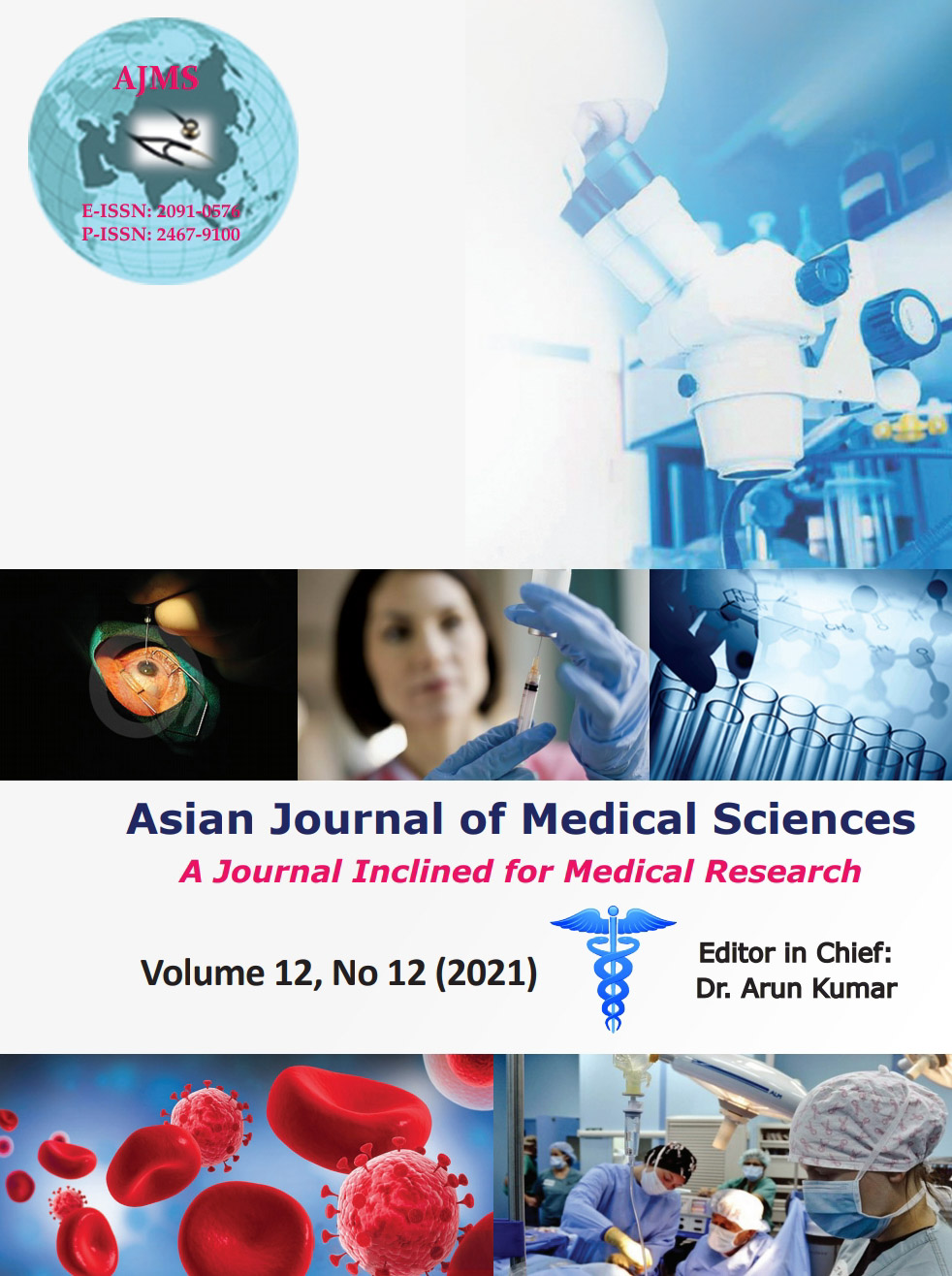Assessment of cardiovascular sympathetic function tests in premenstrual syndrome patients visiting tertiary care hospital: A case–control study
Keywords:
Hand grip test, Orthostatic hypotension test, Premenstrual syndrome, Sympathetic function testsAbstract
Background: Premenstrual syndrome (PMS) is a stress-induced disorder and is showing a rising prevalence but its etiopathogenesis is not yet understood. Stress disturbs the balance of the sympathetic and parasympathetic nervous system. Alteration in heart rate and blood pressure is the most important physiological response following stress-induced sympathetic changes.
Aims and Objectives: The present study was designed to test the hypothesis of an association between sympathetic functions and PMS and to observe the degree of changes (if any) in these sympathetic functions. The study also aims to provide timely interventions to prevent the development of cardiovascular complications and improve lifestyle.
Materials and Methods: A Menstrual Distress Questionnaire was used to evaluate physical, emotional, and behavioral symptoms accompanying the menstrual cycle of the subjects who fulfilled the inclusion criteria. Based on the scores obtained by their questionnaire, subjects with the higher scores formed the PMS group, while the age-matched females with low score served as controls. Cardiovascular sympathetic functions were assessed by standardized, simple, non-invasive tests which included Handgrip test and orthostatic hypotension test. Unpaired Student’s t-test was used for statistical analysis.
Results: The results revealed that the sympathetic reactivity is insignificantly higher in PMS group during the follicular phase. During the luteal phase, sympathetic activity is significantly increased.
Conclusion: PMS involves psychoneuroendocrinal turmoil, thus early screening of high-risk groups and interventions such as relaxation techniques and lifestyle modification can prevent further cardiovascular complications in patients of high sympathetic responses.
Downloads
Downloads
Published
How to Cite
Issue
Section
License
Copyright (c) 2021 Asian Journal of Medical Sciences

This work is licensed under a Creative Commons Attribution-NonCommercial 4.0 International License.
Authors who publish with this journal agree to the following terms:
- The journal holds copyright and publishes the work under a Creative Commons CC-BY-NC license that permits use, distribution and reprduction in any medium, provided the original work is properly cited and is not used for commercial purposes. The journal should be recognised as the original publisher of this work.
- Authors are able to enter into separate, additional contractual arrangements for the non-exclusive distribution of the journal's published version of the work (e.g., post it to an institutional repository or publish it in a book), with an acknowledgement of its initial publication in this journal.
- Authors are permitted and encouraged to post their work online (e.g., in institutional repositories or on their website) prior to and during the submission process, as it can lead to productive exchanges, as well as earlier and greater citation of published work (See The Effect of Open Access).




